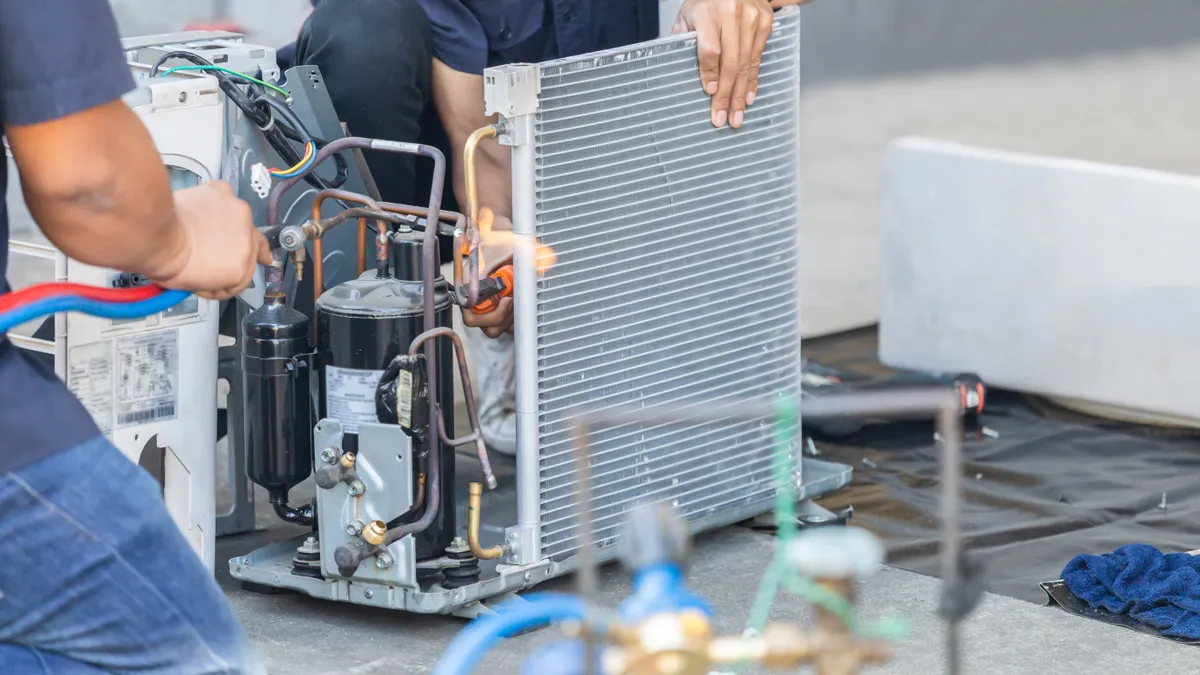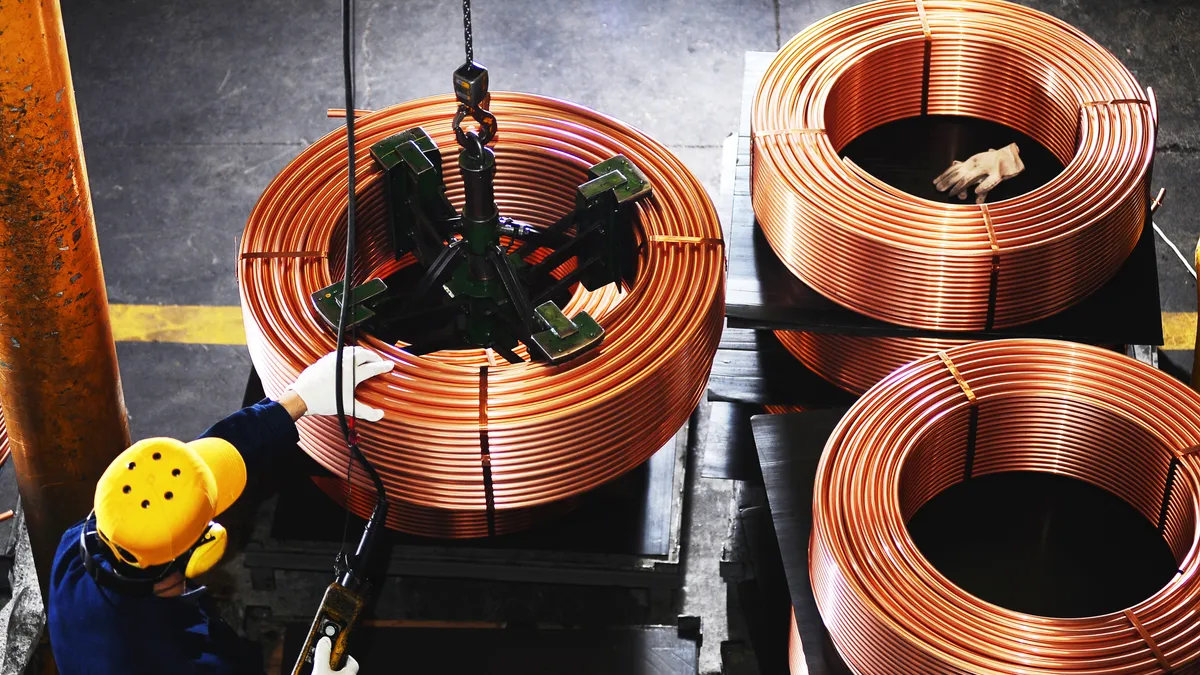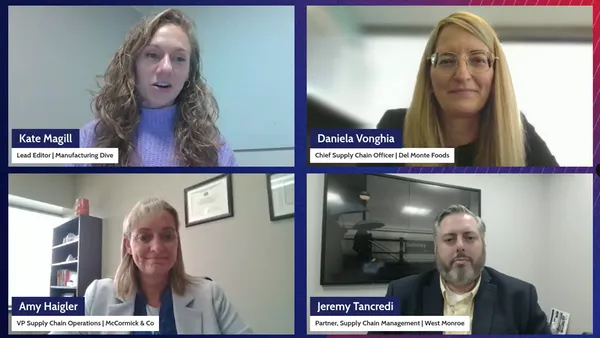The Environmental Protection Agency introduced new guidelines last month to curb the production and import of potent climate-warming chemicals widely used in air conditioning and refrigeration manufacturing.
The updated EPA guidance on hydrofluorocarbons, or HFCs, would reduce their use 40% below “historic levels” starting in 2024, according to the release. The proposal follows September’s Senate ratification of the Kigali Amendment to the Montreal Protocol, a global treaty the U.S. helped broker to phase down the production and use of the chemicals.
HFCs are refrigerant chemicals, hundreds of thousands of times more damaging to the planet than an equivalent amount of carbon dioxide. The EPA’s rule is expected to reduce emissions equal to 4.7 billion metric tons of CO2 come mid-century.
To help with the transition, the agency has issued allowances to companies to produce HFCs next year at the same level as 2022, which is a 90% allocation from baseline levels, as outlined by the American Innovation and Manufacturing Act.
Although the current allowance is not a significant change in the amount of the chemical allowed by production or bulk importation, The Air-Conditioning, Heating, and Refrigeration Institute is working to help manufacturers reduce their use of HFCs moving forward, according to spokesperson. This includes encouraging manufacturers to better manage HFC refrigerant, reduce charge size of refrigerant equipment and increase the use of reclaimed refrigerant.
Already, some manufacturers such as GE Appliances and Electroux are making the switch to more climate-friendly refrigerants. Both companies released lists of dozens of HFC-free refrigerator models they manufacture, with Electroux doing so before the EPA first announced plans for a phasedown.
The EPA proposed its first rule for regulating HFCs under direction from the AIM Act last year. The rule will slash HFC production and imports 85% by 2036.
The EPA is likely to restrict the use HFCs in products in the future. The agency is currently reviewing HFC use in a variety of industries, including refrigeration and air conditioning, foams and aerosols.
"Globally, markets are already starting to move away from HFCs," AHRI President and CEO Stephen Yurek said in a statement on the legislation. "A federal HFC phase down keeps U.S. manufacturers in the driver's seat during this transition, creating jobs here at home, expanding market share abroad, and stimulating significant investment in the U.S. economy.”












